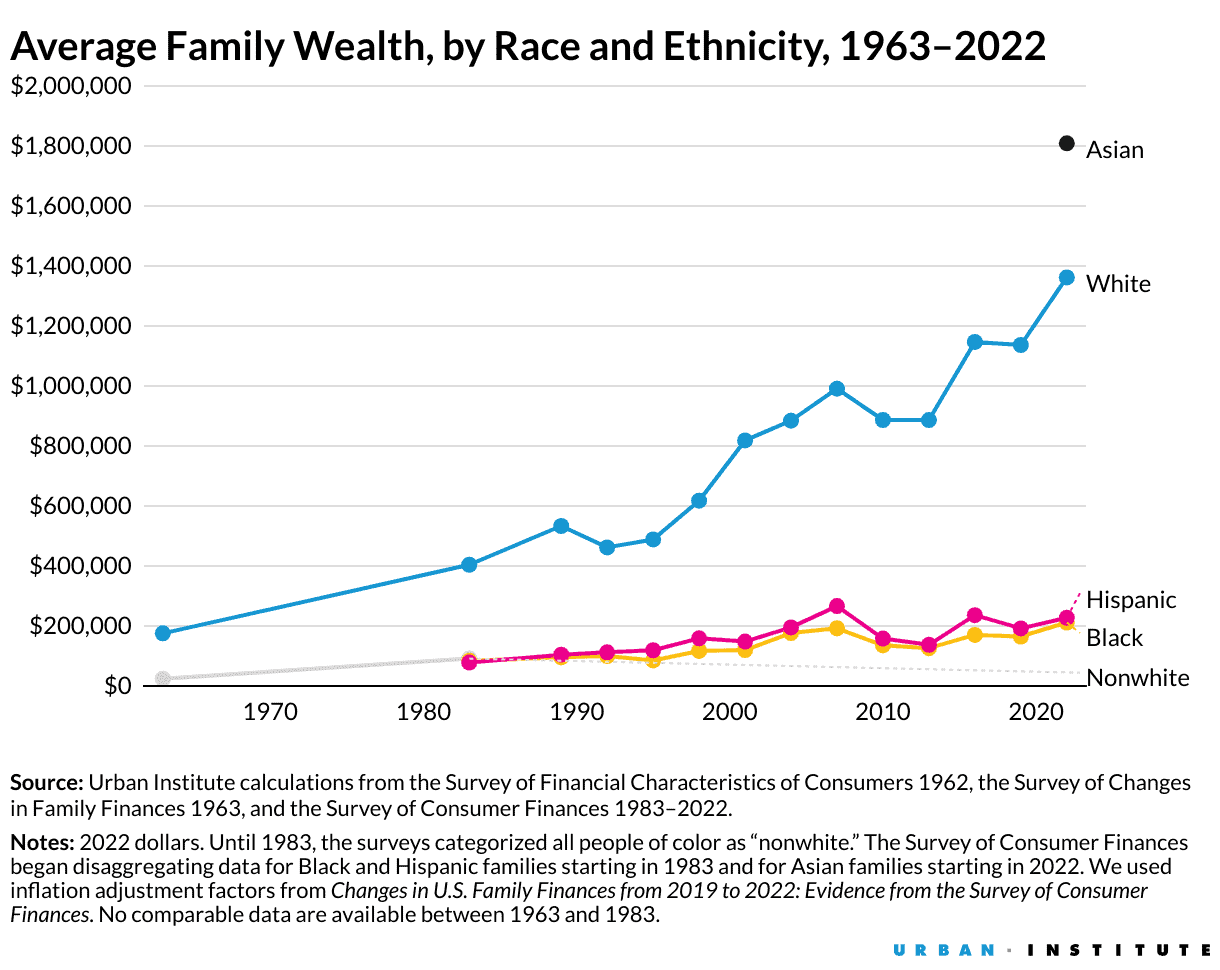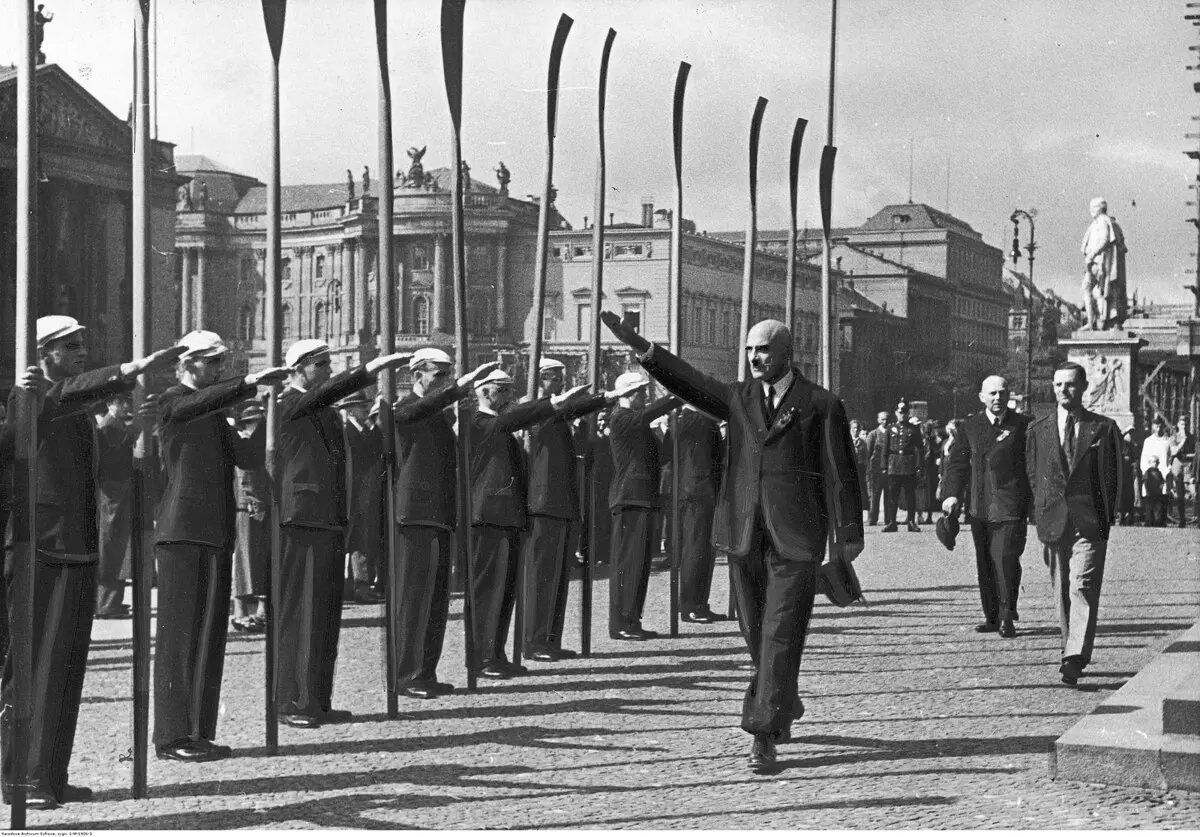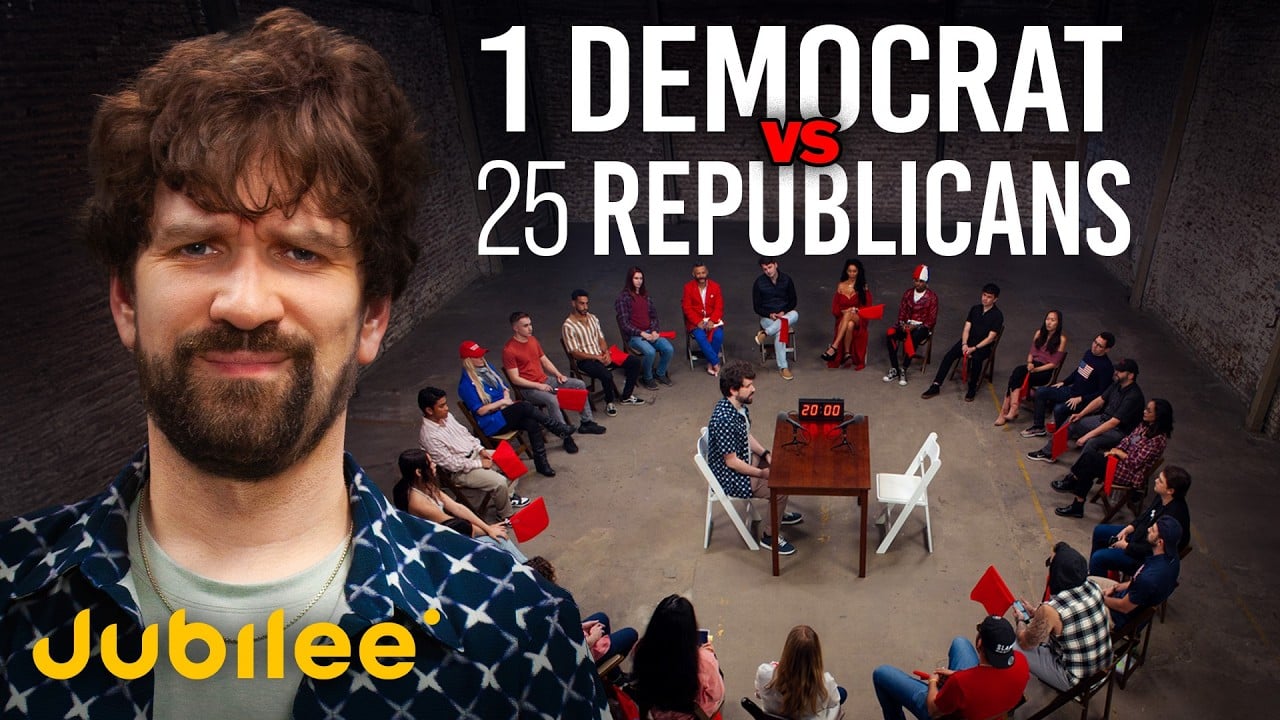The notion of fascism or a fascist movement gaining significant traction in the United States is a nuanced and often debated topic. While the country has a history of extremist groups and ideologies, the rise of a fully-fledged fascist regime, as seen in Europe during the mid-20th century, is generally considered unlikely.
However, there are elements within American society that some scholars and commentators have identified as potentially helpful to fascist tendencies. These include:
Populist Demagoguery: The appeal of strong, charismatic leaders who promise simple solutions to difficult problems and scapegoat marginalized groups. Sound like anyone we know? ?
Economic Inequality: A widening gap between the wealthy and the working class can create resentment and a desire for radical change.

Social and Cultural Anxiety: Sudden social change, immigration, and what people view as threats to traditional values can fuel nationalist and xenophobic sentiments.
Weakening of Democratic Institutions: A decline in trust in government (”the swamp”), media (”fake news”), and the electoral process (”2020 stolen election”) can make it easier for authoritarian figures (Donald Trump) to gain power. *The terms used by Trump for each of these shows his desire to destroy our democracy.

Historical Precedents in Fascism
The Ku Klux Klan: The original KKK, specifically in the post-Civil War era, showed the traits of a proto-fascist movement with its white supremacist ideology, paramilitary tactics, and intimidation campaigns.
The Silver Legion of America: Founded in the 1930s, this organization advocated for a fascist-style state, economic nationalism, and anti-Semitic views.
The German-American Bund: This group, active in the 1930s and 1940s, openly admired Nazi Germany and shared the same ideologies.
Present Day Concerns of Fascism in America
Populist Movements: The rise of populist movements, often characterized by strongman leaders, nationalist rhetoric, and attacks on democratic institutions (MAGA), has raised concerns about potential fascist tendencies.
Extremist Groups: Extremist groups, including neo-Nazis and white supremacists, continue to exist in the US, posing threats to democratic values. These groups aren’t just here, they are marching down the streets of Philadelphia and Nashville. There were Neo-Nazi groups on Telegram that had hundreds of members.
Disinformation and Polarization: The spread of misinformation and the increasing polarization of American politics can create the perfect environment for extremist ideologies to take root. Republican politicians are experts when it comes to spreading disinformation. They do it on social media where it will reach the most people. Based on the responses they get, people actually believe them.
It’s important to understand that just because these circumstances exist, they don’t automatically lead to fascism. The United States has a strong democratic tradition, a diverse society, and numerous checks and balances designed to prevent the concentration of power.
However, fighting back against the erosion of democratic norms and the rise of extremist ideologies is important if we want to protect our democratic institutions.
Project 2025 lays out plans to destroy those institutions like, “Giving the Executive branch control over the DOJ and requiring that every investigation be approved by the president first.”
A Video of a Lone Democrat Debating 25 Republican Trump Supporters
Populist + Nationalist Movements = Fascism
In recent years, the rise of populist and nationalist movements has raised concerns about the potential for a resurgence of fascism. These movements often use divisive rhetoric, scapegoat minority groups, and support a strongman leader. (MAGA!)
While these movements may not explicitly promote fascist ideology, they share some of the same characteristics, such as a disdain for democratic norms and a willingness to use violence to achieve their goals. (MAGA!)

It’s important that we know what’s going on and carefully watch the political landscape. While the United States has historically been strong in fighting against fascist movements, it’s important to recognize the warning signs and actively work to counter the spread of extremist ideologies.
We can do this by promoting tolerance, diversity, and democratic values, as well as holding elected officials accountable for their rhetoric and actions. It’s difficult at the moment because it’s the Republican politicians who are spreading misinformation. Their voters are the only ones who can hold them accountable.
We can better protect our democracy from the threat of fascism by being aware of the history of fascist movements and the current political climate. The thing that concerns a lot of people right now is the capture of one of the country’s 2 major political parties by fascist tendencies.
Their leader has actively worked to destroy our democratic norms and values. This makes the idea of fascism more of a possibility. Perhaps it would be less of a possibility if the party was not in lockstep with the (faux) populist leader.
Protect Democracy Against Fascism
Ultimately, the future of American democracy depends on our active participation in the political process, critical thinking sills, and a commitment to upholding democratic values.
By staying informed, participating in elections, and resisting the allure of extremist ideologies, Americans can help ensure that their country remains a beacon of freedom and democracy for the world.
If this period in history has taught us anything, it’s that there are a lot of people in this country who lack critical thinking skills and the ability to recognize logical fallacies.
*Fox News has been assisting the rise of fascism in America. It’s also the perfect example of how the media can get people to believe that the other party is actively eroding our norms and traditional values. Possibly the most well-known of their attempts was The War on Christmas. They constantly ran segments on it where they claimed liberals were trying to ban the holiday and the “Merry Christmas” greeting.





